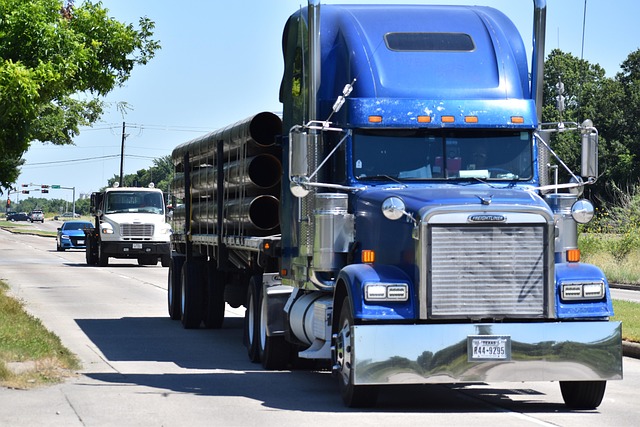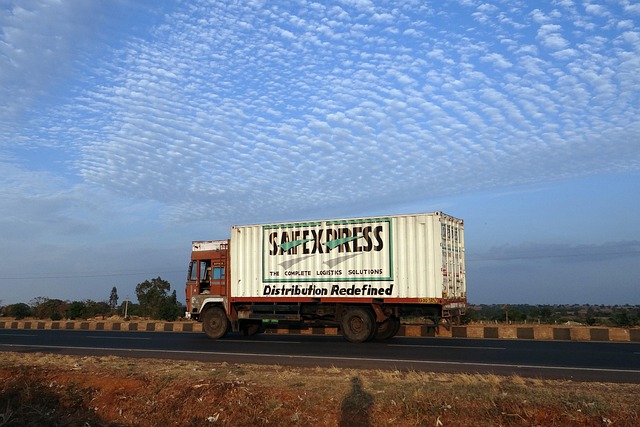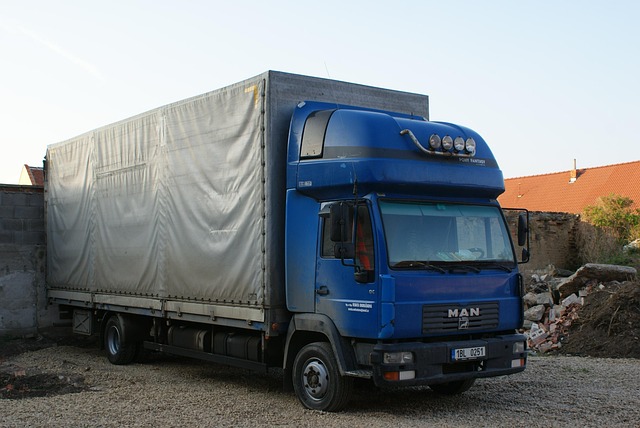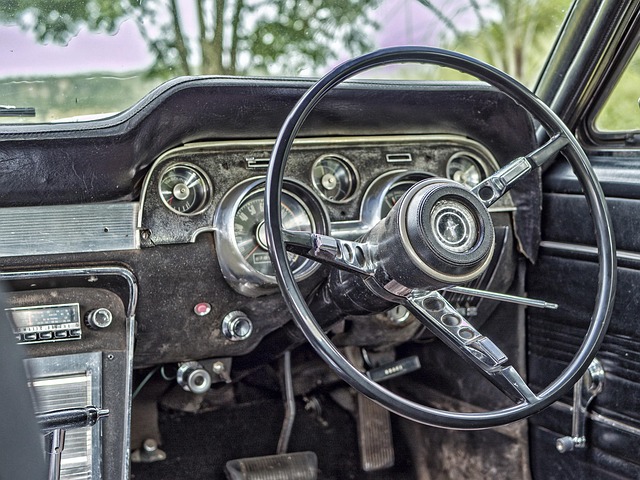Looking to register your car in California? Navigating the process can seem daunting, but with the right preparation, it’s straightforward. This guide breaks down everything you need to know, from understanding key requirements to gathering essential documents and utilizing a VIN verifier—a crucial tool to ensure a smooth registration experience. By following these steps, you’ll be on your way to legalizing your vehicle in The Golden State.
- Understand California Car Registration Requirements
- Gather Necessary Documents for Car Registration
- How to Use a VIN Verifier in California
- Complete Online Car Registration Application
- Visit Local DMV to Finalize Car Registration
Understand California Car Registration Requirements

Before registering your car in California, it’s essential to understand the state’s specific requirements for vehicle identification number (VIN) verification. California law mandates a thorough VIN inspection to ensure that all vehicles on its roads meet safety and emissions standards. This process involves checking the vehicle’s history, including any previous accidents or outstanding issues, using the unique 17-character VIN as a key piece of information.
One effective way to fulfill these requirements is through a mobile VIN inspection service, which allows for convenient and efficient verification. These services utilize specialized tools and databases to conduct a comprehensive check on the vehicle’s VIN, providing instant access to critical data. A mobile vin verifier, for instance, can be a game-changer, eliminating the need for lengthy visits to DMV offices or dealing with cumbersome paperwork.
Gather Necessary Documents for Car Registration

Before you begin the registration process, make sure to gather all the essential documents required by the California Department of Motor Vehicles (DMV). One critical piece is the Vehicle Identification Number (VIN) verifier, which can be obtained through a mobile vin verification or vin inspection. This unique 17-character code is located on a sticker at the driver’s side door frame and serves as your vehicle’s identifier.
Along with the VIN, you’ll need to provide proof of ownership, typically through a signed title document, and valid identification like a driver’s license. If registering a newly purchased car, you might also require a purchase agreement or sales contract from the dealer, along with any applicable documentation related to the previous registration, if transferring ownership.
How to Use a VIN Verifier in California

Using a VIN (Vehicle Identification Number) verifier is an essential step when registering your car in California. This process helps ensure that the vehicle’s history is accurate and free from any discrepancies. You can utilize a mobile VIN verifier, which allows for a quick and convenient inspection right from your location. Simply input the 17-digit unique code into the app or website to access detailed information about the vehicle’s past, including ownership records, accident reports, and maintenance histories.
In California, having a reliable mobile vin verification service is beneficial as it streamlines the registration process. With just a few clicks, you can verify the vehicle’s authenticity, avoid potential issues with the DMV (Department of Motor Vehicles), and ensure a smooth transition during car registration. This technology plays a crucial role in maintaining the integrity of California’s vehicle registration system.
Complete Online Car Registration Application

In California, registering your car involves a straightforward process that can often be completed online to save time and effort. The first step is to complete the Car Registration Application. This form requires essential details about your vehicle, such as the make, model, year, and its unique Vehicle Identification Number (VIN). A VIN verifier or checker is crucial for this process; you can use a mobile VIN inspection tool to verify the vehicle’s information quickly and accurately from the comfort of your home.
Once you have the necessary data, input it into the online form. Ensure all details are correct and match the documents you’ll provide later. The application will guide you through the steps, asking for additional information like owner preferences and contact details. This digital approach streamlines car registration in California, making it easily accessible and efficient for vehicle owners.
Visit Local DMV to Finalize Car Registration

Once you’ve gathered all the necessary documents and information, it’s time to visit your local California DMV office. This is where you’ll finalize the car registration process and make sure your vehicle is legally registered. The staff at the DMV will guide you through the steps, which include verifying your vehicle’s VIN (Vehicle Identification Number) using a vin inspection or a mobile vin verification service. A vin verifier plays a crucial role in ensuring that the details on file match the actual car.
During this visit, you’ll also need to provide proof of insurance and possibly pay additional fees for registration and title transfer if applicable. The DMV will process your application and issue a registration certificate, which is typically valid for several years. It’s essential to keep your documents up-to-date and ensure that any changes in ownership or vehicle information are promptly reported to avoid any legal issues related to car registration.
Registering a car in California involves understanding specific requirements, gathering essential documents, and completing online applications. Utilizing a VIN verifier can streamline this process by confirming vehicle identification numbers (VIN) and ensuring all details are accurate. After gathering everything needed, you’ll need to visit a local DMV to finalize the registration, making sure your vehicle is legally compliant on California’s roads.
